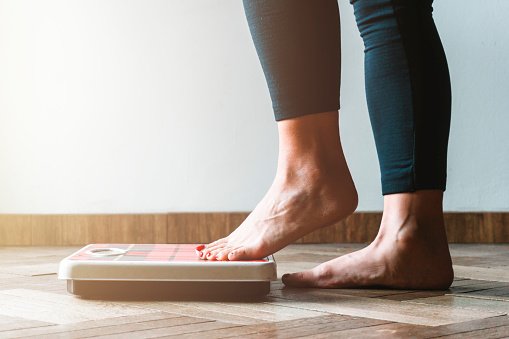Pain and weight loss
This blog applies to two scenarios:
-you have injured yourself, cannot exercise normally, and you’re starting to put on weight (or worried about it)
-you started to exercise to lose weight and have gotten injured
Both of these scenarios can be really tricky, you’re trying to look after yourself but an injury has gotten in the way. It hurts. I’m going to share some really important information that will help get you out of this dilemma. Warning, it sounds bad but I promise it gets better!
When most of us think about the impact of excess weight on pain, we think about the physical aspect of more pressure on joints and muscles. However, that’s not the main issue. The bigger problem is actually the excess adipose tissue (fatty tissue) that comes with having some excess weight, and the inflammation associated with adipose tissue. Inflammation plays a key role in causing pain, and contributes to why pain can prolong after an injury has healed. Adipose tissue increases the amount of inflammation you have in your body at rest, making it more likely for you to have pain from minor issues. Plus, adipose cells promote bigger inflammatory responses if an injury does occur, which means you can have a bigger pain response to injuries, and can be more likely to have chronic pain. This all sounds pretty rough; but this knowledge can be the power you need to make the right change.
Anti-inflammatory diets are amazing, speak to a dietitian if you need guidance with this. A Mediterranean diet is a good starting point, but an accredited practising dietitian (APD) will be able to help you integrate this into your life in a sustainable way, and keep you on track.
Exercise is incredible for managing inflammation. Finding exercise that you can do despite your injury is critical. Physiotherapists and exercise physiologists are experts at modifying things to keep you strong and moving.
Sleep is underrated when it comes to injuries and pain, but sleep is one of the most important things in mediating pain, inflammation, and recovery. Prioritise your sleep.
Stress is huge promoter of inflammation. Make sure you have your stress relief sorted out. Good options include; exercise, meditation, time in nature, and connecting with friends/family.
What’s great is that these things all work together. Eating well, managing your stress, exercising, and good sleep all help each other. Once you get these 4 things sorted, you’ll be well on the road to recovery. If you need guidance with this, give us a call, we’d love to help 😊


